A happy new year from Japan! This is my second time celebrating the new year in Japan, and I did a little research on the fascinating Japanese new year traditions based on the things I have seen so far.
New Year in Japan is called Oshogatsu, and it’s widely celebrated as one of the most auspicious days in Japanese culture.
Hatshumode – Visiting the Shrine on the New Year
This might be one of the very few Japanese new year traditions that I am not fully on board with. The Japanese believed that it was auspicious to get blessings from the Shinto Gods and watch the first sunrise of the year from the shrine. And no matter what I drunkenly claimed the day before, I could never peel myself from the bed and brace Japanese winter morning to queue at the shrine. Instead, I prayed to the Sun from the hotel.
Kamagami-mochi – Rice Balls
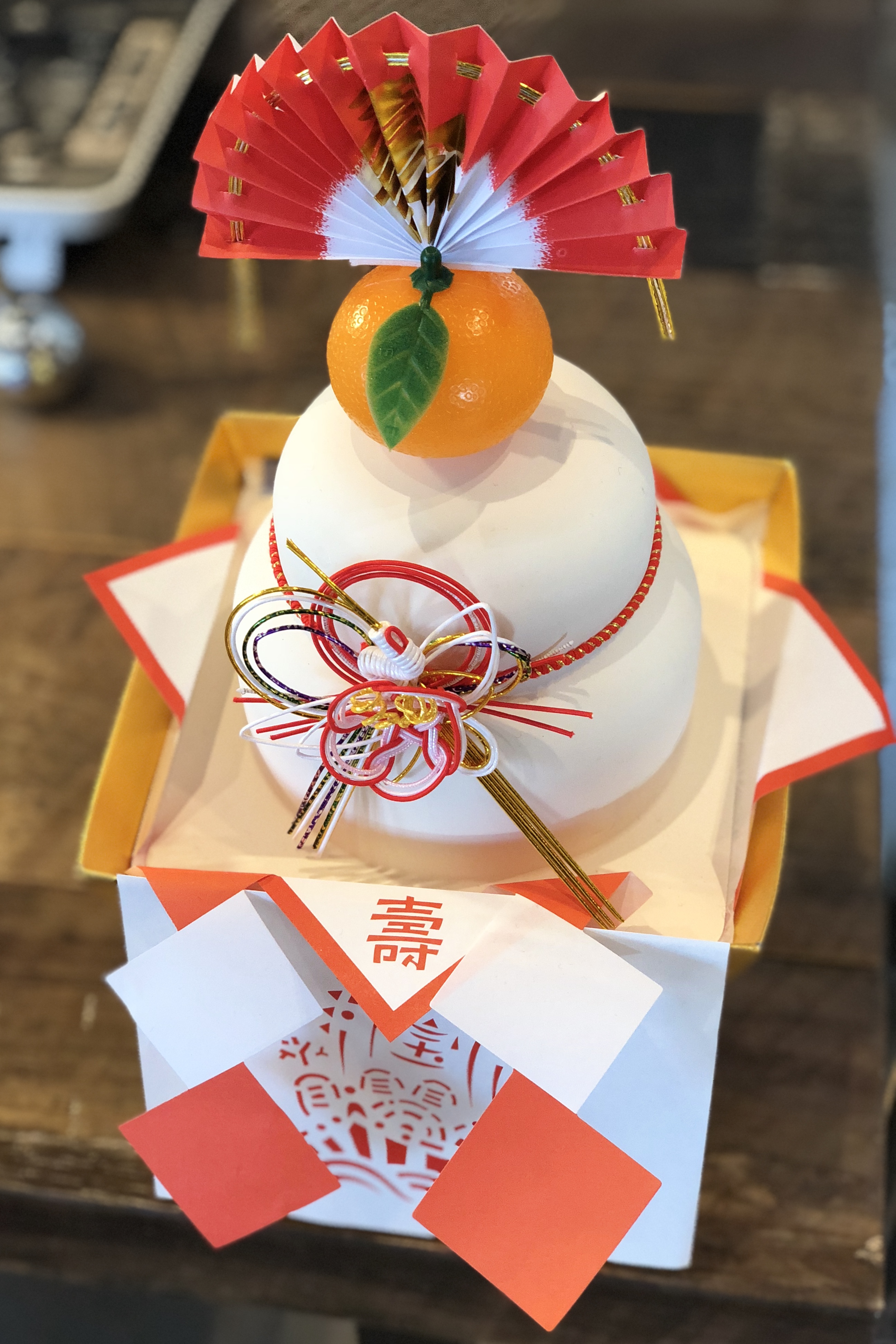
The famous Japanese new year decoration contains an orange placed on top of two rice balls. Mochi is believed to bring longevity while the whole thing is being served as an offering to God in the new year.
Hatsuyu – First Bath
Hatsuyu is the sacred ritual of taking the first bath of the year, which is believed to help you cleanse you both physically and spiritually for the new year.
Osechi-ryori – Special Occasion Meal
Might as well be my favourite part of Japanese new year traditions, Osechi-ryori is the special Japanese food served during the new year. Usually comes in fancy bento boxes, it has all the food believed to bring good luck to the ones who consume it. There are many auspicious symbol food served inside Osehi-ryori from shrimp (longevity), radish (good luck), black soybean (protection), chestnuts (victory), and many others.
Kakizome – First Writing
It is the tradition of sitting down facing the lucky direction of the year and wiring using a calligraphy brush for the first time in the new year, usually on the 2nd of January. The Japanese usually write auspicious words on their Kakizome paper. Other than that, they also write New Year’s wishes and goals or wish others a happy new year. The kakizome papers usually are burned on the 14th of January during the Sagicho, fire festival, which is held in the temples, shrines, and even the beaches.
Nengajo – New Year Card
Sending and receiving New Yea cards is a common practice in Japanese culture. These cards should be posted by early December and will be kept in the post office before being delivered exactly on New Year’s Day. I guess the 1st of January is the busiest day for Japanese post office workers. Btw, one should not send a Happy New Year card to someone who has had a death in the family in the past year.
Shime-kazari – Sacred Ropes

It’s the sacred ropes that usually is hung in front of the houses to protect them from evil or bad juju. Again, we have something similar in Indian culture with coconut used as the base of it.
Kadomatsu – Pine Branch Decorations
I have been noticing the pine branch plants decorating the entrance of many places in Japan ever since Christmas time here. While the pine branch itself is a symbol of longevity, these Kadomatsu serve as the gate to for God to enter in the new year.
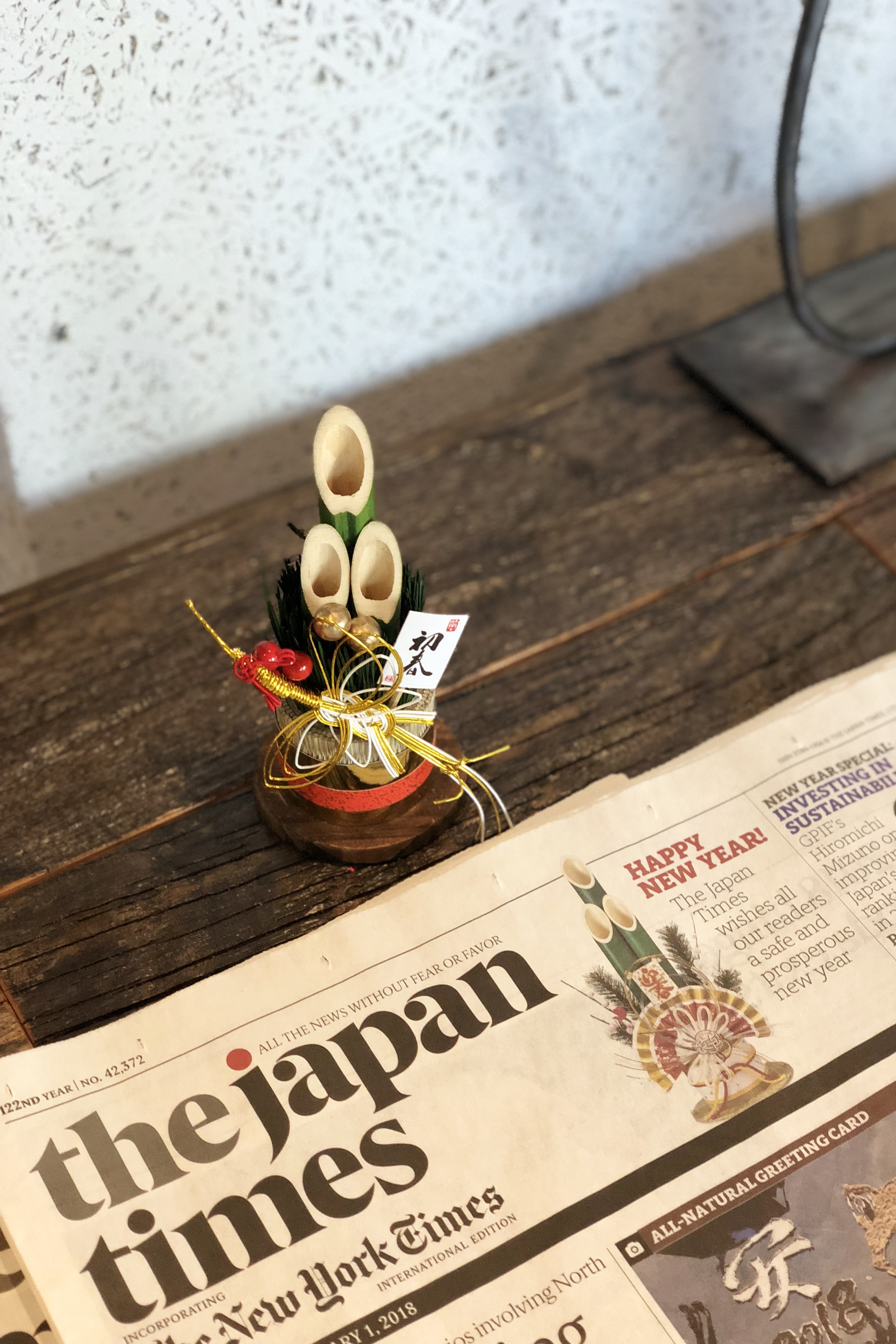
Otoshidama – Money Gifts
I learned about the Japanese new year tradition of gifting money to the children from the bus driver on our way to Nikko. This reminds me of the same tradition we have in Chinese and Indian culture of gifting money to unmarried younger people during the Lunar New Year and Diwali. This money usually is given in special (cutely decorated) envelopes called Otoshidamabukuro.
Follow me on Instagram @KultureKween for more recent updates.
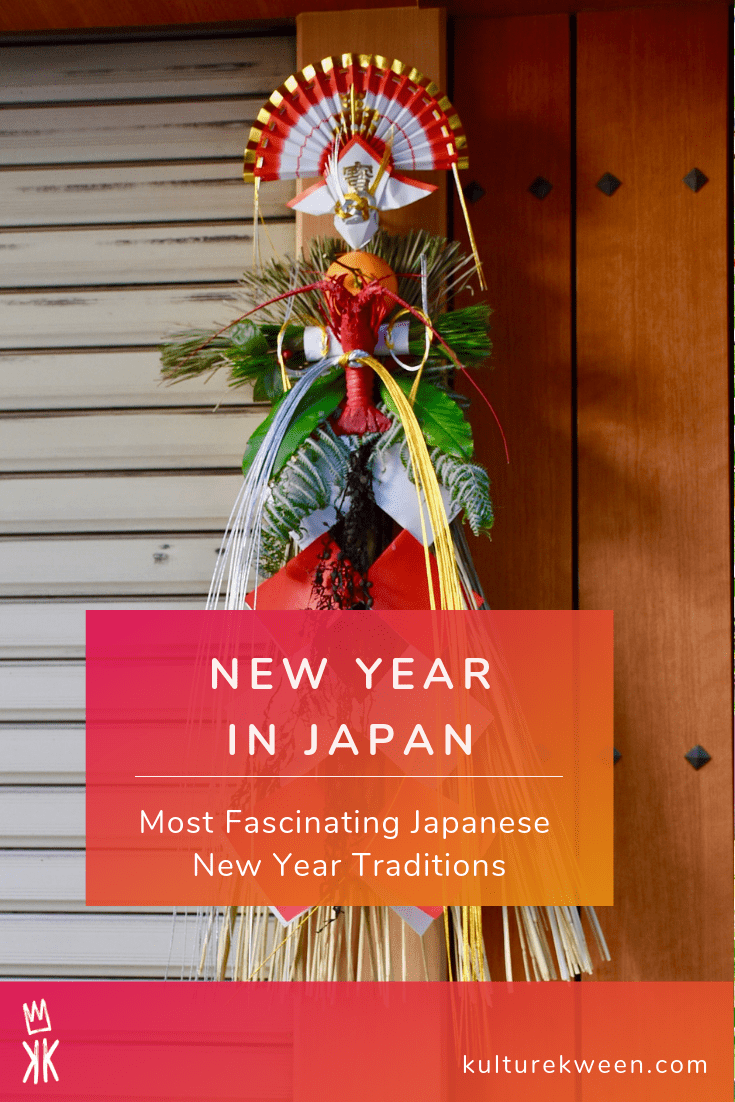
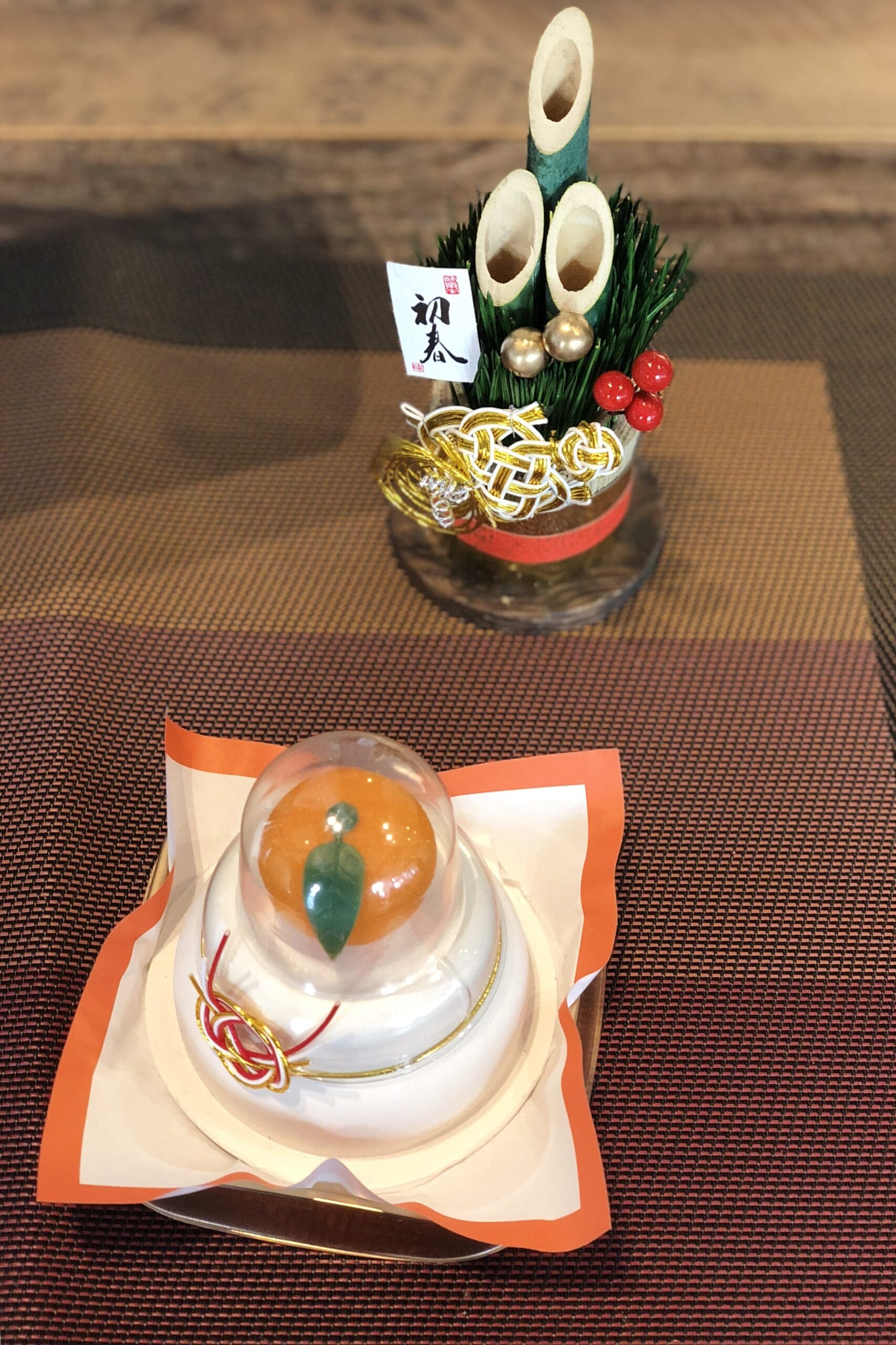
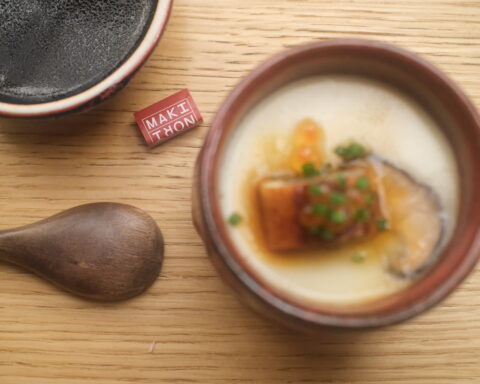
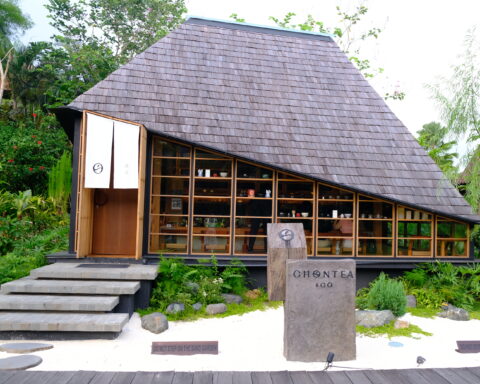
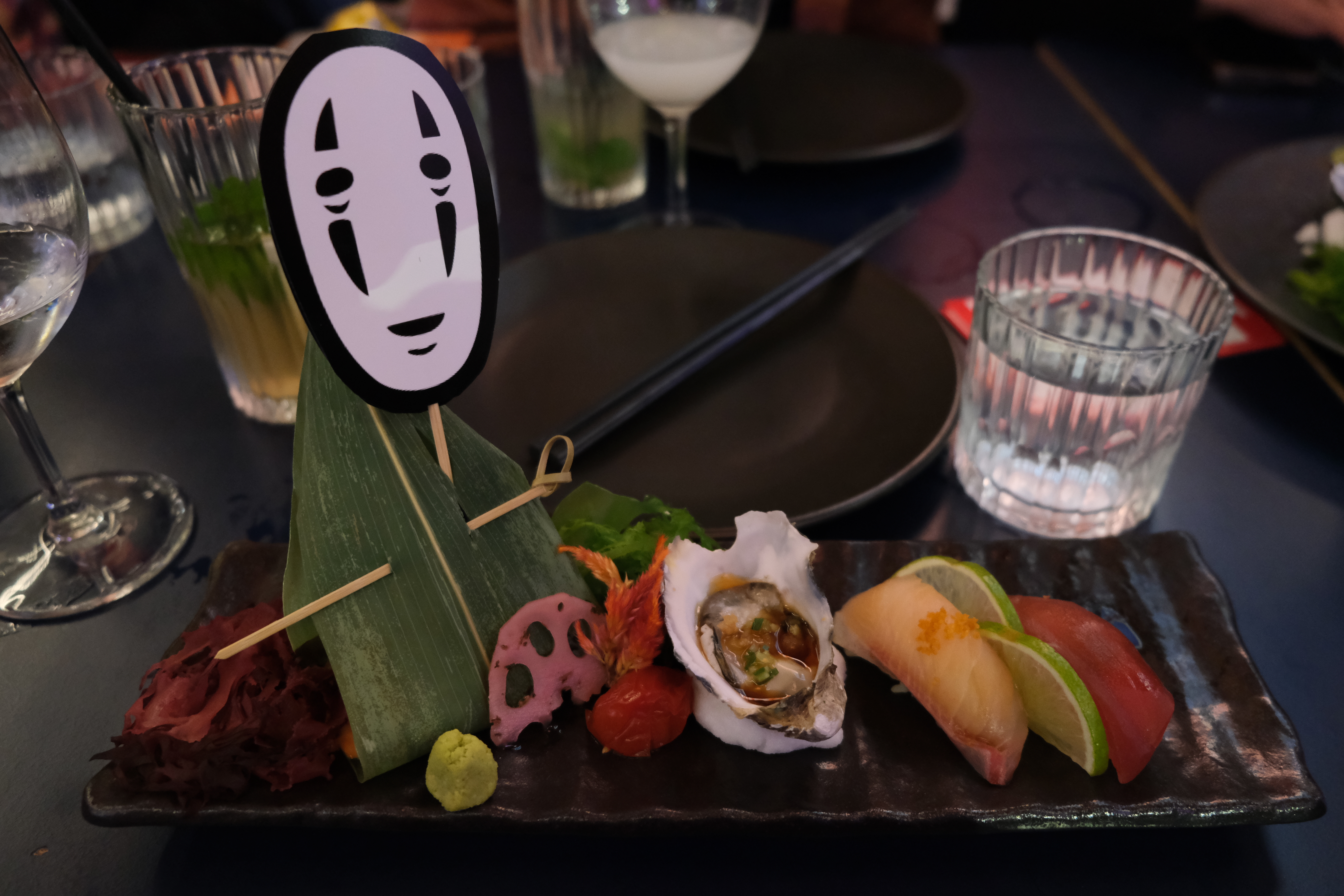
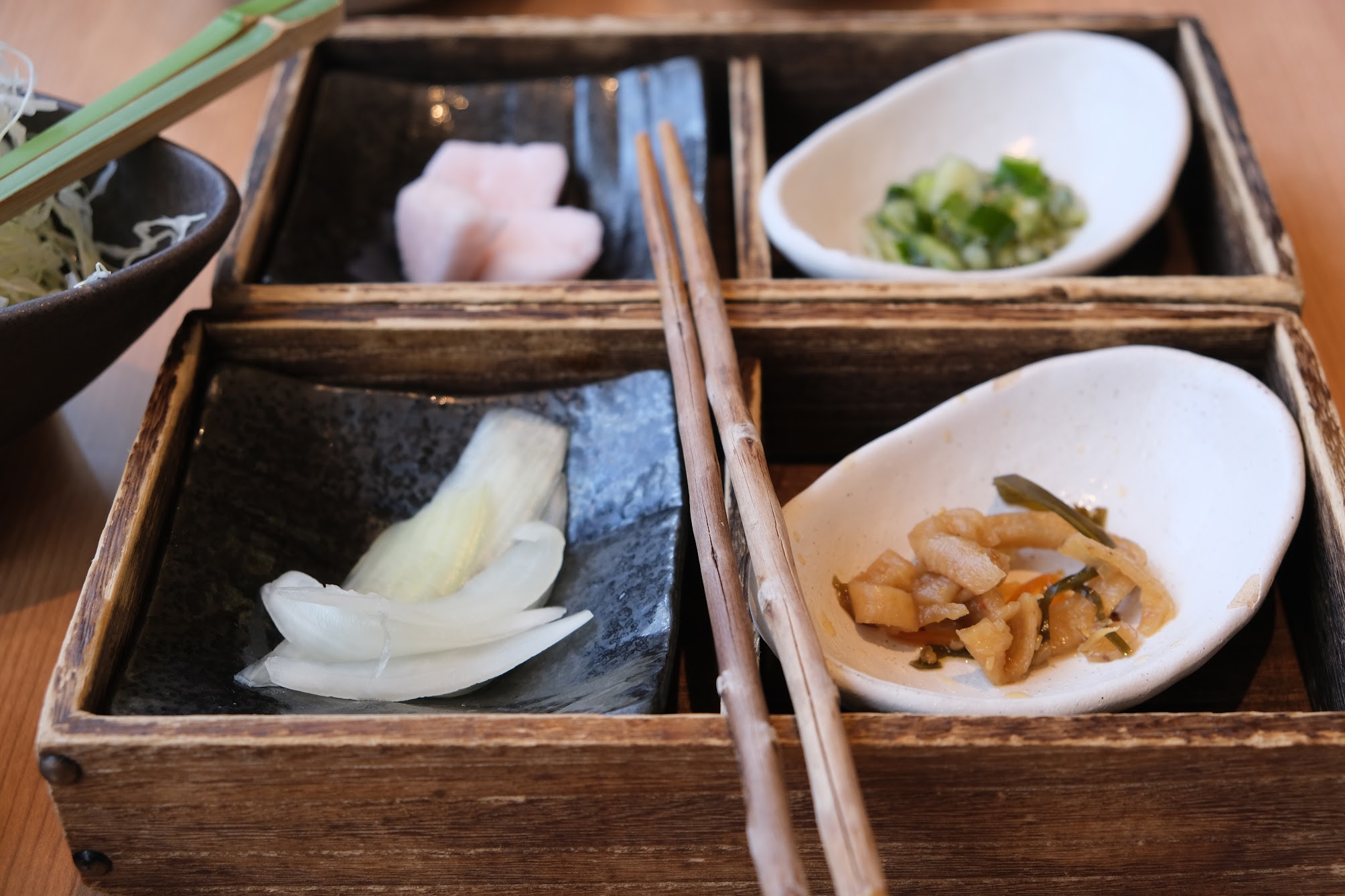

[…] which is why people keep buying it, especially during an auspicious time like the Japanese New Year or an auspicious place like the shrine. Especially the famous ones where people come from all over […]
[…] Celebrate New Year in Japan. […]
[…] Fascinating Japanese New Year Traditions I Have Seen So Far […]
[…] Japanese New Year Traditions […]
[…] Fascinating Japanese New Year Traditions I Have Seen So Far […]